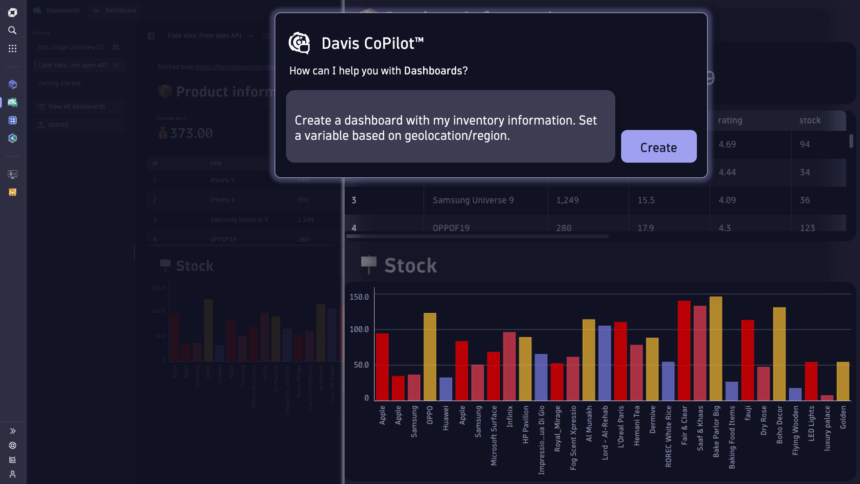
The expectations of two key audiences, developers and executives, quickly become apparent in my frequent interactions with customers implementing agentic AI. With a strong emphasis on unlocking significant productivity gains, executives are actively examining how to implement agentic AI. They anticipate that AI automation will take over the majority of 80 percent of non-feature tasks, save engineers time, automatically fix software, and prevent outages. Developers are rapidly adopting AI for convenience and efficiency in their day-to-day work; it’s becoming as essential to them as internet access. For instance, the percentage of developers using GitHub Copilot increased from 17% in 2023 to 45% in 2024. They want AI to bring context and suggest precise error repairs, generate tests automatically, auto-collect information to fix vulnerabilities, and recommend optimizations based on real production insights.
The market is enthusiastically adopting agentic AI. According to the AI Pulse Survey conducted by KPMG, 68% of business leaders intend to make investments ranging from $50 million to $250 million in generative and agentic AI technologies this year alone, compared to 45% in 2024. It is viewed as an enabler for smarter automation and as a strategic priority by businesses. Even though there is potential, a solid foundation is needed to make the use of agentic AI robust and secure. The AI capabilities of Dynatrace can identify issues, fix them, uncover insights, and incorporate them into IDEs. This procedure sends tickets to the teams in charge and aligns them with automatically planned actions, such as taking into account real-time facts and learning from previous incidents. Dynatrace utilizes agentic AI to enhance its capabilities and fulfills three dependable agentic AI requirements through an architecture designed for intelligent action in order to further progress from automation to autonomy.
Leveraging agentic AI for redefined observability with Dynatrace
A potent triad of knowledge, reasoning, and action is redefining the future of observability. Knowledge. Dynatrace transforms contextual full-stack observability data into fact-based, real-time knowledge optimized for AI access. The Grail massive parallel processing data lakehouse doesn’t use any schemas or indexes, so it gives AI agents endless ways to ask questions. Grail works in tandem with Dynatrace’s Smartscape dynamic topology, an auto-discovered, continuously updated knowledge graph. This allows AI to deliver precise insights efficiently and at petabyte scale, eliminating the need for redundant queries (hence, also the increased cost) while maintaining full context and performance integrity.
Reasoning. Expert AI agents powered by Dynatrace optimize the combination of deterministic logic with probabilistic and stochastic models to provide precise, fact-based, and trustworthy decision-making while minimizing the risk of hallucinations. Dynatrace unifies causal, predictive, and generative AI. This makes it possible to make decisions that are aware of the context, with built-in enterprise-grade safety, compliance, and observability of the AI itself. This ensures transparency and trust so that a capable AI can be made that is also reliable. Actioning. High-level goals are transformed into intelligent, automated actions with Dynatrace, where humans define the objectives and AI determines the most effective means of achieving them, both proactively and reactively. It transforms observability into a strategic business enabler by remediating, optimizing, and even triggering systemic fixes using AutomationEngine, AppEngine, and OpenFeature.




